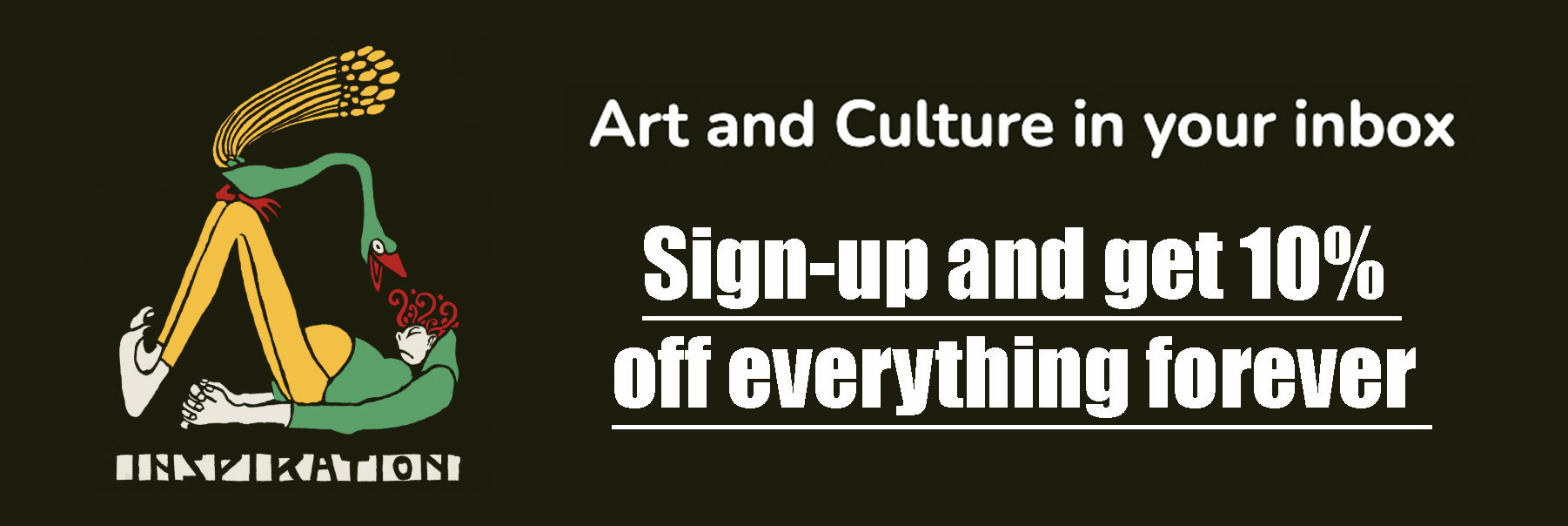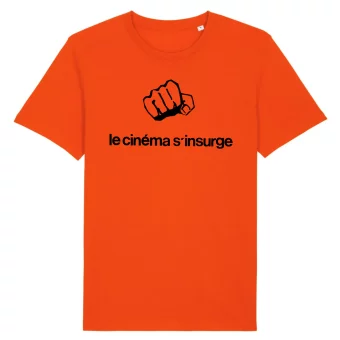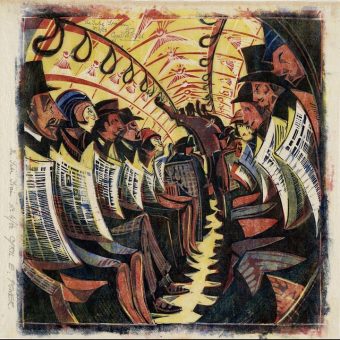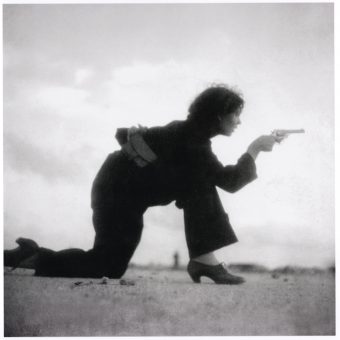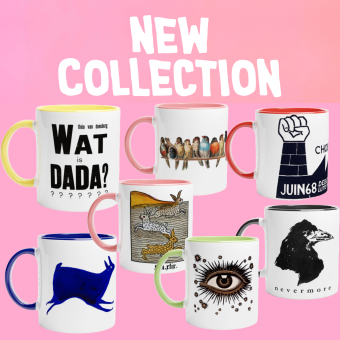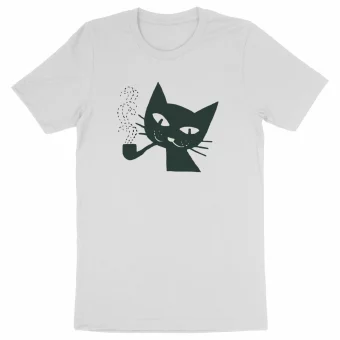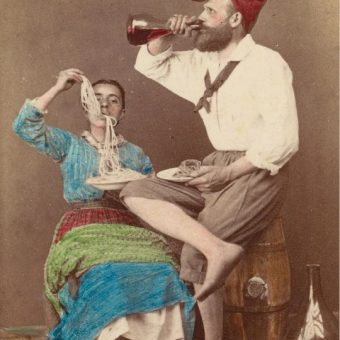Before image filters and digital backdrops added depth and interest to photographs, placing subjects in exquisite settings, there were hand-painted backgrounds for photography studios. Beginning in the mid-1800s, decorative backgrounds worked at the intersection of traditional painting and the new technology of photography. These examples are from a 1908 catalog of backgrounds by Messers. Packard Brothers and sold by the Robey-French Co. of Boston, Massachusetts, which was later owned by the Eastman-Kodak conglomerate.
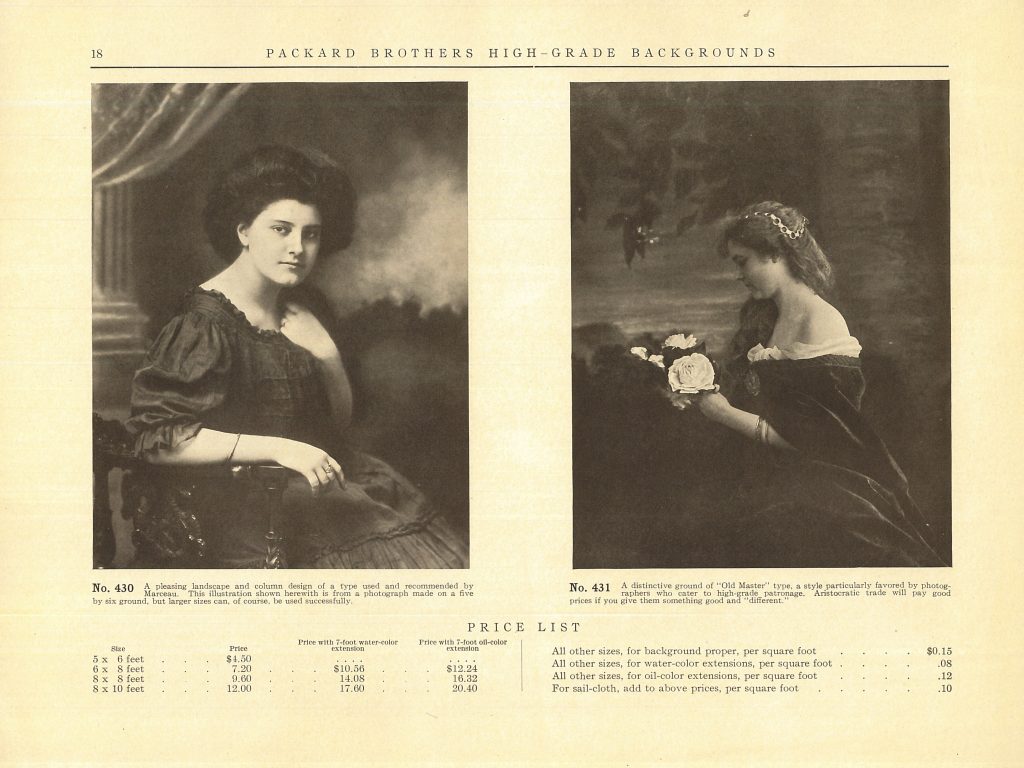
Typically painted with tempera or chalk on sailcloth or raw cotton duct fabric, these backdrops were offered in sizes from 5 x 6 feet to 9 x 12 feet. Smaller sizes were suitable for close-up or three-quarter portraits. A photographer could add a 7-foot floor extension, coated in either watercolour or more durable oil paint, to enhance the overall effect for full-length portraits.
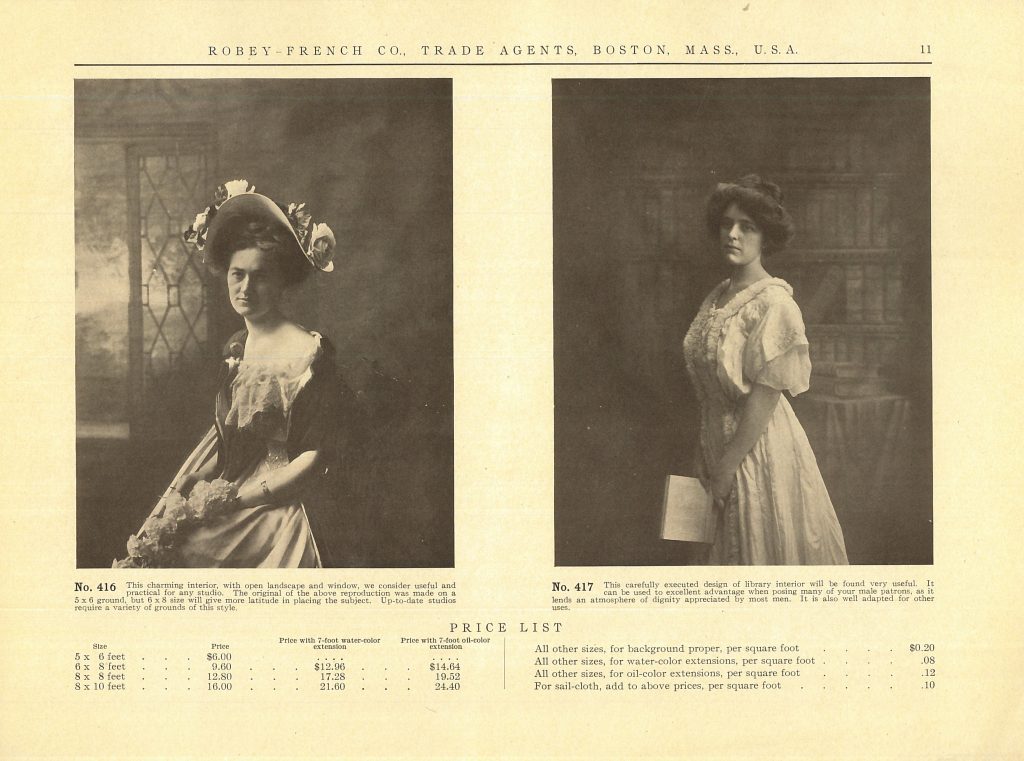
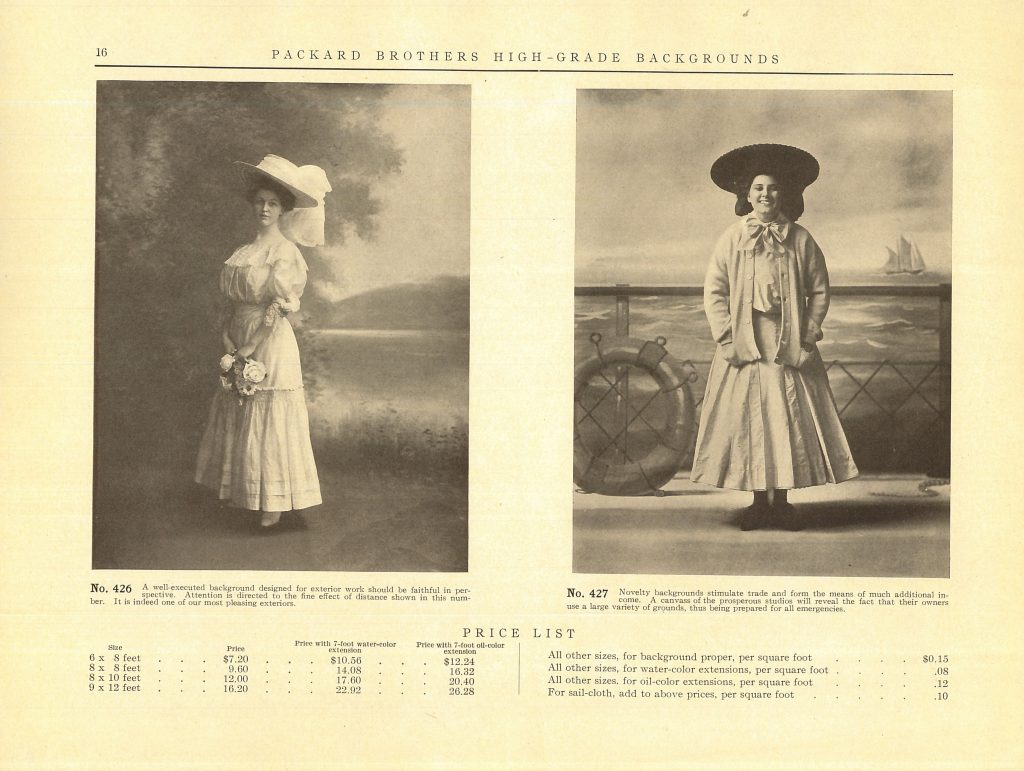
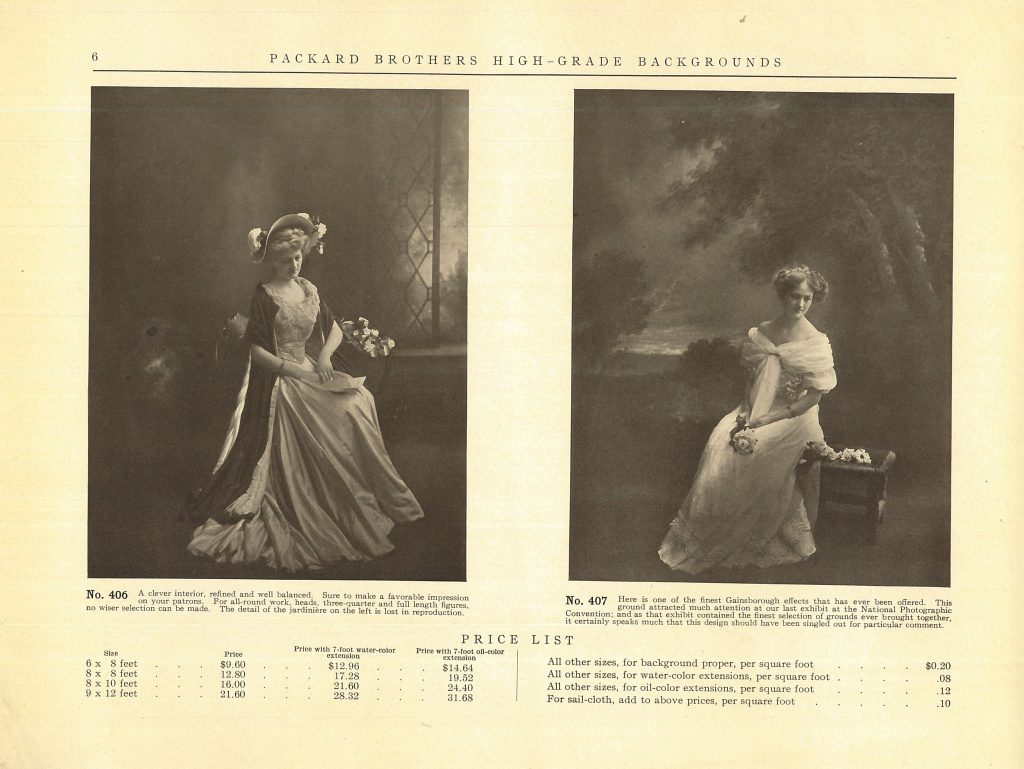
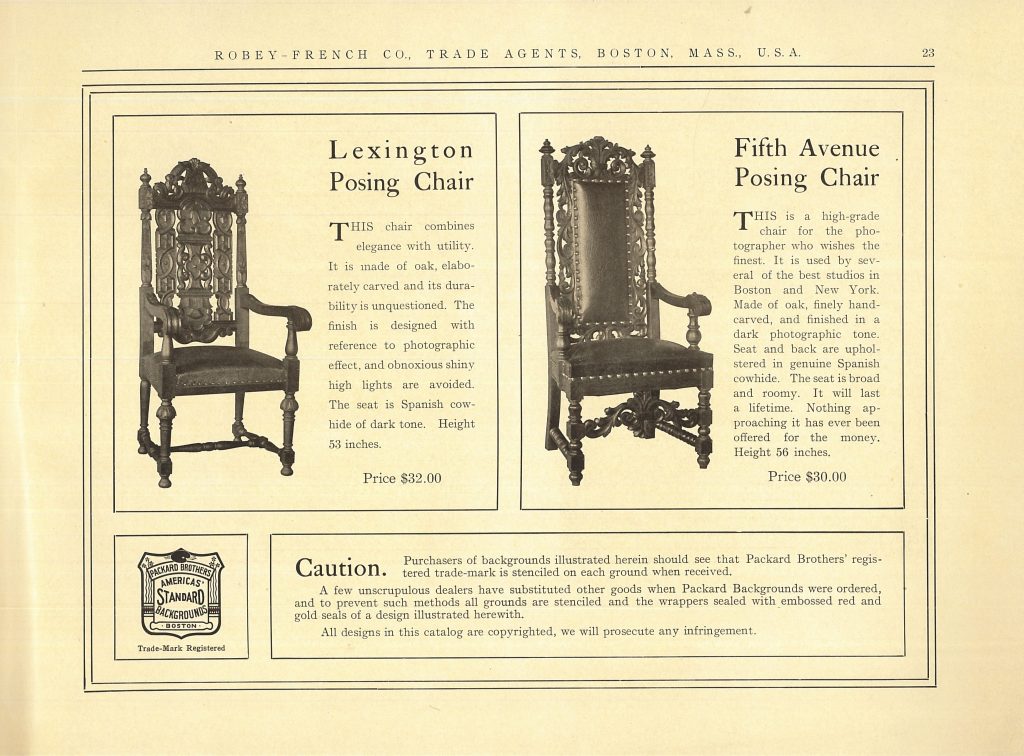
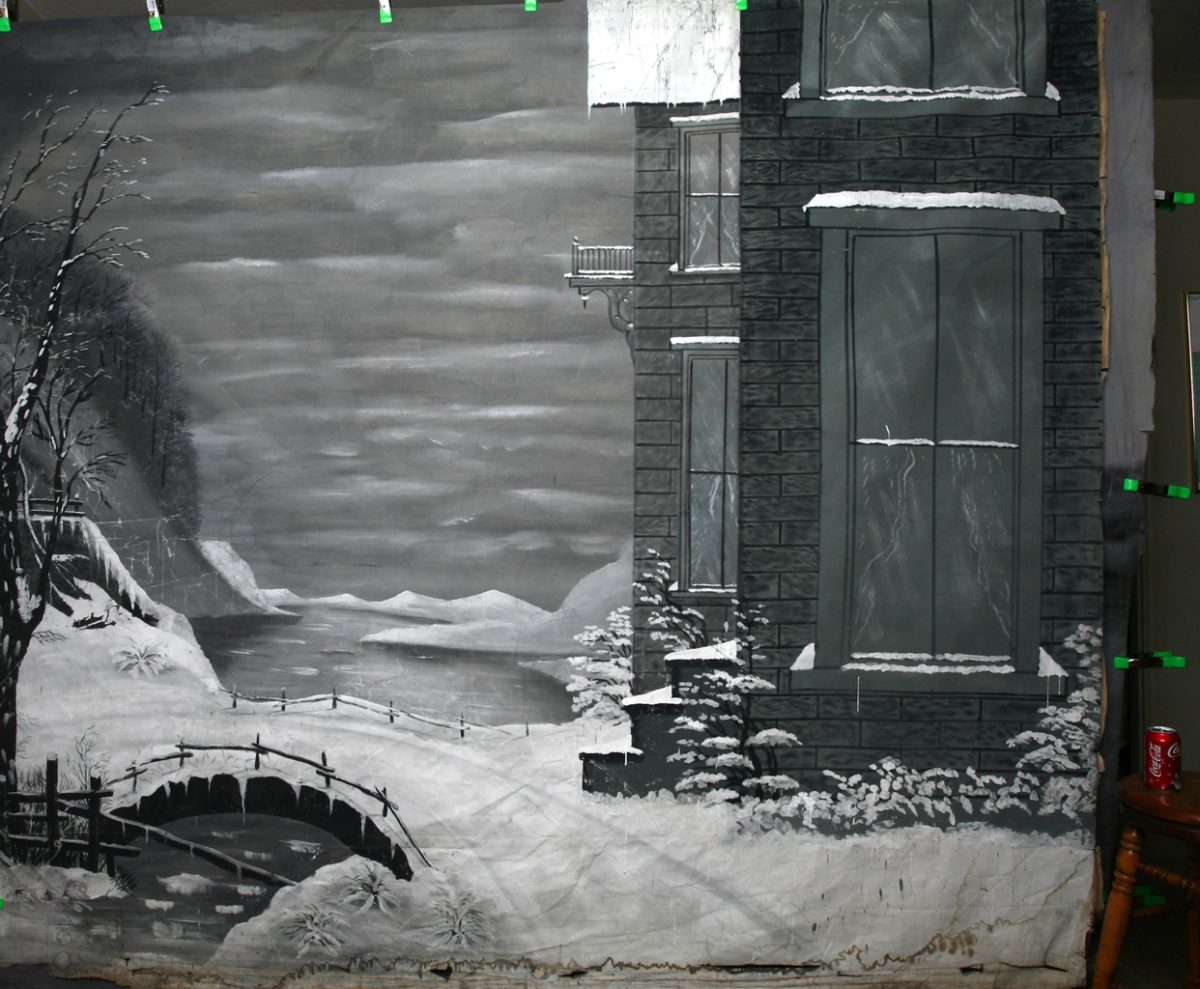
A 19th century painted backdrop
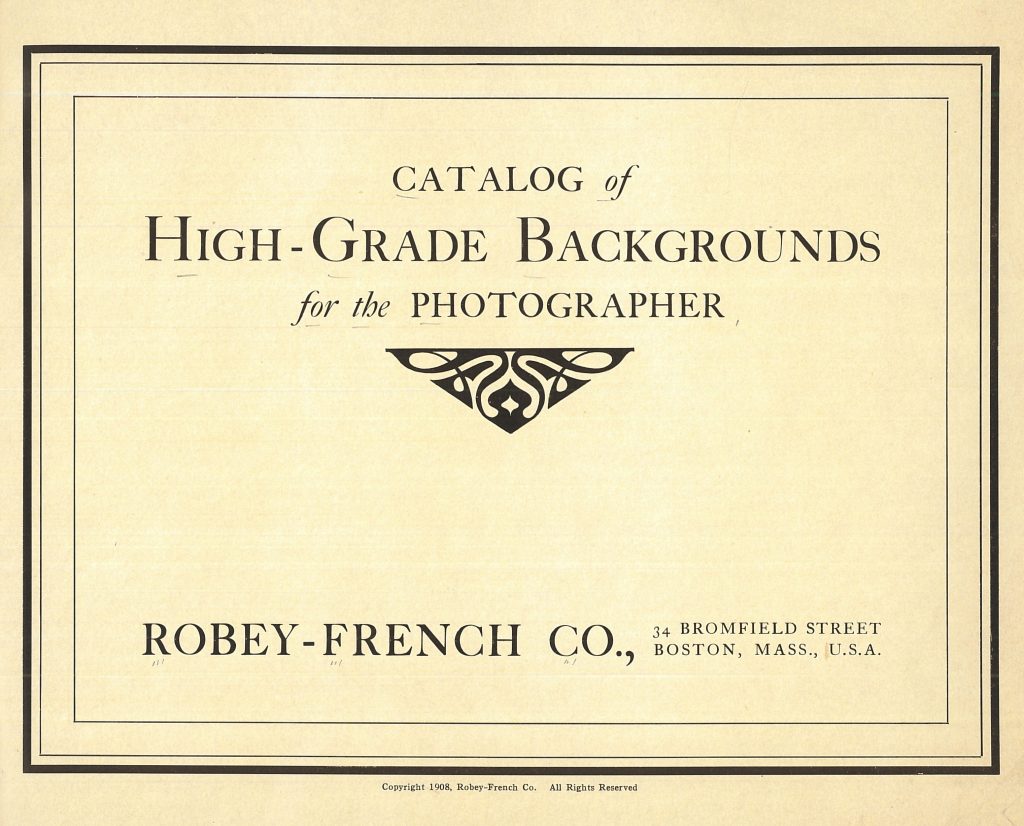
Would you like to support Flashbak?
Please consider making a donation to our site. We don't want to rely on ads to bring you the best of visual culture. You can also support us by signing up to our Mailing List. And you can also follow us on Facebook, Instagram and Twitter. For great art and culture delivered to your door, visit our shop.

